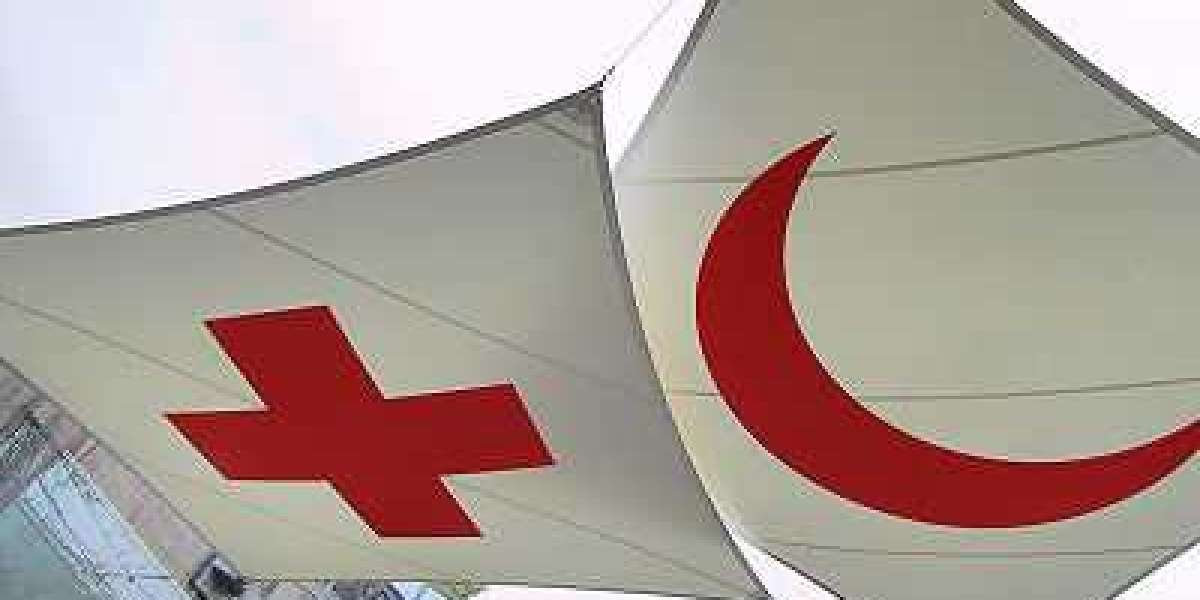Unlock the Secrets of Your Body: Discover the Fascinating Ovulation Cycle and Boost Your Fertility!
The ovulation cycle is a fundamental aspect of women's health, playing a crucial role in fertility and overall well-being. Understanding this cycle empowers women to take charge of their reproductive health, whether they are planning for a family or simply seeking to understand their bodies better. In this article, we will delve into the distinct phases of the ovulation cycle, identify the signs of ovulation, and explore how this knowledge can enhance fertility awareness. By the end, you will have a clearer understanding of your own cycle and how to use this information to your advantage.

Understanding the Ovulation Cycle
The ovulation cycle typically spans around 28 days, although it can vary from 21 to 35 days in different women. This cycle is governed by hormonal changes that prepare the body for potential pregnancy each month. The cycle can be divided into four main phases: menstrual, follicular, ovulation, and luteal. Each phase is characterized by specific physiological changes driven by hormones such as estrogen and progesterone. Understanding these phases not only helps in tracking fertility but also aids in recognizing any irregularities that might indicate health issues.
The Menstrual Phase
The menstrual phase marks the beginning of the cycle and usually lasts between 3 to 7 days. During this phase, the uterine lining, which has thickened in preparation for a potential pregnancy, is shed if fertilization does not occur. This shedding is triggered by a drop in hormone levels, particularly estrogen and progesterone. It is often accompanied by menstrual cramps and other symptoms, which can vary in intensity from woman to woman. One friend of mine shared that tracking her symptoms during this phase helped her understand her body better, making her more attuned to her overall health.
The Follicular Phase
Following menstruation, the follicular phase begins, lasting until ovulation. This phase is characterized by the maturation of follicles in the ovaries, stimulated by follicle-stimulating hormone (FSH). During this time, the body prepares for the possibility of ovulation. As the follicles develop, they produce estrogen, which helps thicken the uterine lining in anticipation of a fertilized egg. It's fascinating how this preparation can influence mood and energy levels. A friend of mine noted that she often felt more energetic and motivated during this phase, prompting her to take on new projects and activities.
The Ovulation Phase
Ovulation typically occurs around the midpoint of the cycle, approximately 14 days before the start of the next menstrual period. This is the most fertile time in the cycle when an egg is released from one of the ovaries. Several signs indicate that ovulation is occurring, such as changes in cervical mucus—becoming clearer and more slippery—and a slight increase in basal body temperature. Recognizing these signs is crucial for those trying to conceive. I remember a close friend who meticulously tracked her cycle; she described the thrill of pinpointing her ovulation day, which significantly increased her chances of getting pregnant.
The Luteal Phase
The luteal phase follows ovulation and lasts about 14 days, concluding with the onset of menstruation. During this phase, the ruptured follicle transforms into the corpus luteum, which produces progesterone to maintain the uterine lining. If pregnancy occurs, the body continues to produce progesterone to support the developing embryo. If not, hormone levels drop, leading to the shedding of the uterine lining and the start of a new cycle. This phase can also bring about premenstrual symptoms, which vary in intensity. It’s essential to be mindful of these changes, as they can provide insight into hormonal health and overall well-being.
Signs of Ovulation and Their Importance
Recognizing the signs of ovulation is key to understanding your fertility. Common signs include physical symptoms such as breast tenderness, heightened libido, and changes in cervical mucus, as well as emotional symptoms like mood swings. Additionally, some women may experience mild cramping or twinges in the lower abdomen during ovulation. By tracking these signs, individuals can better monitor their cycles, identify their fertile windows, and improve their chances of conception. One of my friends found that keeping a journal of her symptoms helped her communicate more effectively with her healthcare provider regarding her reproductive health.
The Connection Between Ovulation and Fertility
Understanding the ovulation cycle is fundamental for enhancing fertility awareness. By recognizing the phases and signs of ovulation, individuals can make informed decisions regarding family planning. However, various factors can influence ovulation and fertility, including stress, diet, exercise, and underlying health conditions. It’s vital to maintain a healthy lifestyle and consult with a healthcare provider if experiencing irregularities in the cycle. This proactive approach can significantly improve reproductive health and increase the likelihood of conception.
Empowering Your Fertility Journey
In summary, understanding the ovulation cycle and its phases is essential for women’s health and fertility awareness. By recognizing the signs of ovulation and tracking the cycle, individuals can better understand their bodies and make informed choices regarding reproductive health. Empowering yourself with knowledge about the ovulation cycle can enhance your fertility journey, whether you are trying to conceive or simply aiming to understand your health better. I encourage readers to consider tracking their cycles, as this practice can lead to greater awareness and a more profound connection with their bodies.







